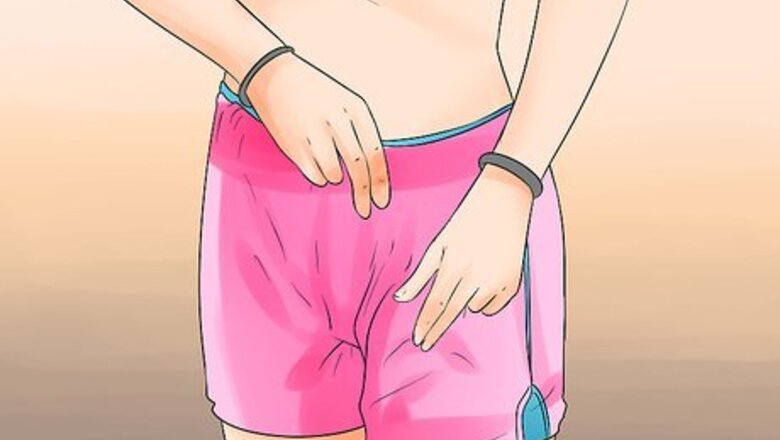
views
Treating Muscle Knots
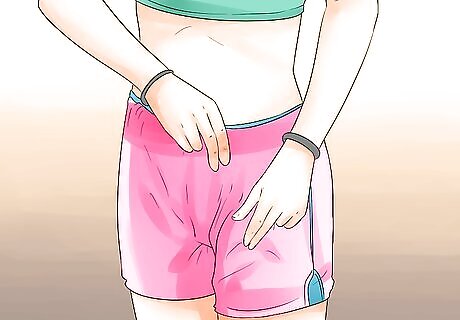
Identify muscle knot areas. Some muscle knots hurt without pressure, so they're easy to identify. Others don't hurt until you apply pressure. Using your fingers, gently probe your muscles looking for pressure points. You may feel a knot or bump in the muscle. Many people have muscle knots in the top half of their backs, so that is a good place to begin.

Visit a massage therapist. These experts are trained in muscle therapy and know the best techniques for relieving knotted muscles. Their approach will be to apply compression to the muscle and the area surrounding it. They understand how this process affects the surrounding tissues and the rest of your body.
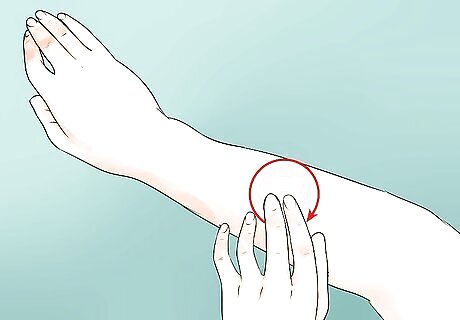
Give yourself a massage. Professional massages can be expensive, especially if you need to visit one regularly. An alternative is to learn massage techniques you can use on yourself. Squeeze the muscles gently, and rub them in a circular motion. Do this action all over your body, even on muscles you do not think have knots to make your whole body feel better. A variety of massage tools and pain relief creams are available to assist with your personal massage regime. One method is to roll a tennis ball around the area while applying light pressure until you feel slight pain in the muscle knot. Using pressure, hold the ball in place for 30 seconds. Follow this procedure with other knotted muscles. A lacrosse ball also works for self-massage techniques.
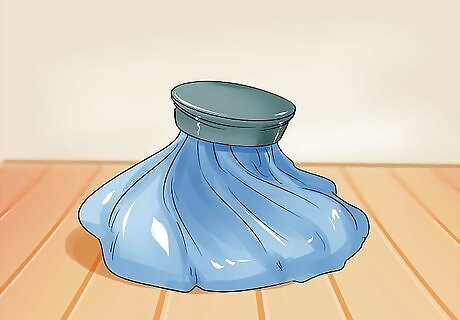
Apply hot or cold to the area. Temperature therapy relaxes the affected area. A heating pad or cold compress can alleviate some of the pain that is associated with muscle knots. Use a cooling spray in coordination with stretching.
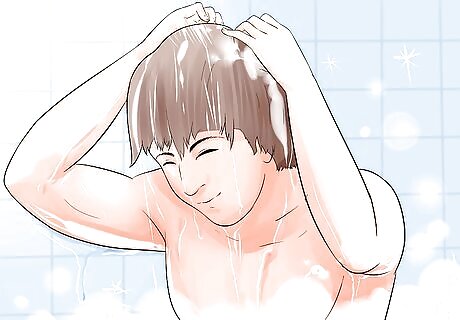
Take a bath. A warm bath helps you and your knotted muscles to relax. For added healing, stir Epsom salts into the water. A hot shower can help but isn't as effective. Stand so the water stream is focused on the muscles that are bothering you. You can also try a hot tub.
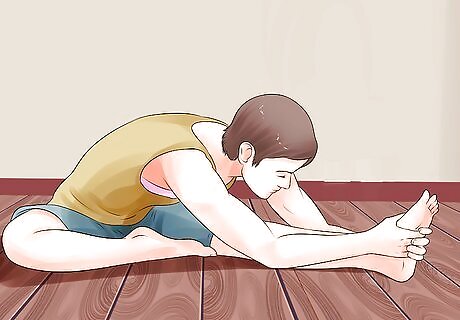
Stretch your muscles. Stretching keeps muscles flexible. Consider beginning tai chi or yoga, which combines relaxation with stretching.
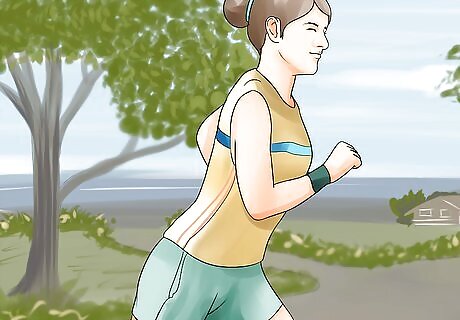
Exercise regularly. Exercise affects muscles similarly to the way massage therapy does. Exercising regularly stretches the muscles and maintains their flexibility, working out tension. Aerobic exercises are often good for relieving muscles pain, especially ones that work your shoulders, like swimming. Any exercise that reinforces your body's natural biomechanics, like walking and running, is a good option. Bikram yoga (hot yoga) offers the benefits of a hot bath with the added bonus of flexibility exercises. Make sure to follow warnings. That is, hydrate before starting and remember to stay hydrated. Avoid eating a large meal for 3 hours before the class; stick to light, easily digested foods that are good sources of electrolytes, such as bananas. During the class, if you feel cramping followed by lightheadedness, dizziness, nausea, or weakness, leave the room at once and seek treatment for heat stroke. Most Bikram classes are 1.5 hours long. Speak with the instructor before your first class. If you are not accustomed to high temperatures, your goal for your first may be to stay in the studio for the full time rather than completing the exercises with the rest of the class.
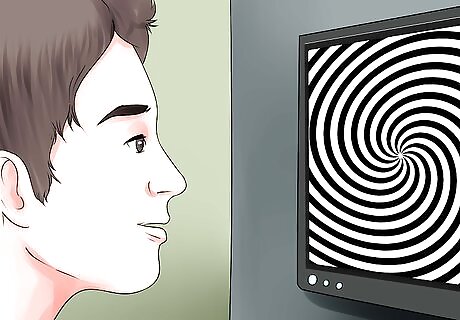
Try hypnosis. Hypnosis can help your muscles relax and can also assist with pain.
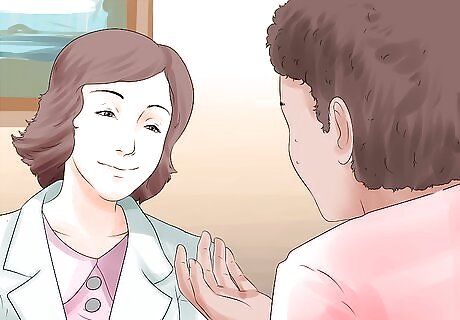
Visit a physical therapist. With a physical therapist, you'll learn exercises that will help you strengthen and stretch your muscles. He or she can also help you adjust your lifestyle to prevent muscle knots.
Adjusting Your Lifestyle

Work on your work space. Being hunched over a computer can increase muscle knots. Make sure your chair has proper back support and that your desk is at an appropriate height so that you aren't slouching while working. You can also try tools such as ergonomic keyboards to assist with correct posture.
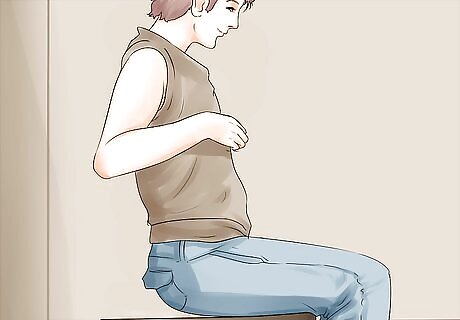
Check your posture. Sit up straight and stand up straight to help relieve muscle knots. Make sure you are not tensing your shoulders. Don't forget to check your posture even when you're involved in a project. Activities like leaning over tables or even sitting in chairs that don't give you enough back support can create muscle knots, too.
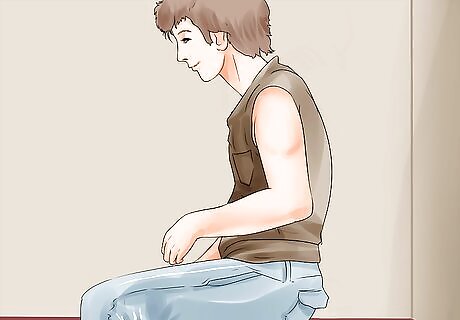
Pay attention to how you're positioned. For instance, you may not notice that you normally sit at a weird angle while watching television. Maybe you slump over to the left in the car. All of these can create muscle knots in your shoulders and back, so try to pay more attention to your position.
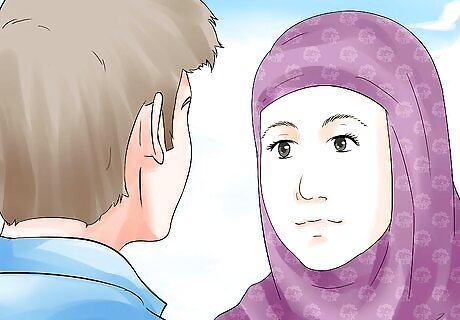
Ask your friends and family for help. The people you love can gently remind you when they notice you're slouching or in an awkward position.

Try meditation. Meditation can help you be aware of your posture, as well as assist you with relaxing.

Relax consciously. When you notice you are tensing your shoulders, consciously relax them. Take a deep breath in, and slowly release it while you imagine breathing out the tension of your shoulders. Repeat as necessary.
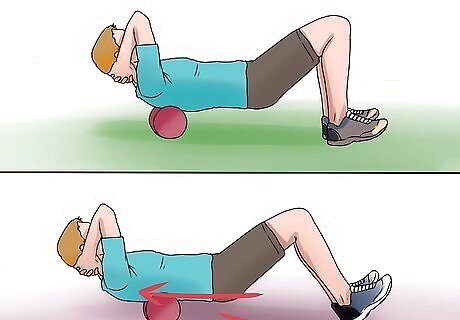
Use a foam roller to ease muscle tension. You can use a foam roller to release trigger points, or tight muscle knots. These areas can cause pain in an area of your body or even radiate pain to other areas, but using a foam roller can help to release these knots and restore your muscles to normal. To use a foam roller, place it on the ground and rest your body on it over the area where your muscles feel tight. Then, slowly roll yourself across the foam roller to relieve tension.
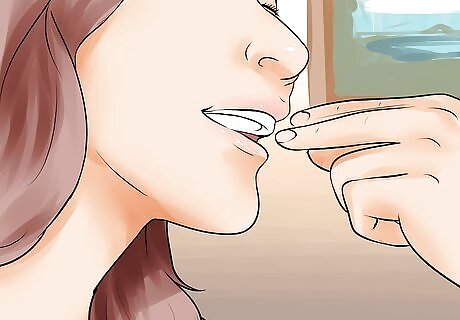
Take your vitamins. Not getting the right nutrients can make you more susceptible to muscle knots. Take magnesium, calcium, and zinc as supplements and also eat fruits and vegetables.
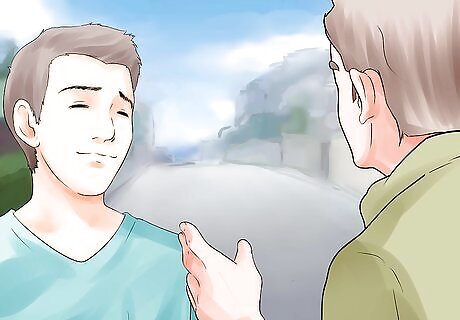
Try cognitive-behavioral therapy (CBT). CBT will not make the knots or pain go away. However, it can help you to deal with the pain by assisting you with adjusting your attitude. In addition, you may need more exercise, and CBT can encourage you to get moving.
Dealing with the Pain

Use transcutaneous electrical nerve stimulation (TENS). TENS uses low-volt electrical current to decrease pain, and these systems can be applied by your doctor or purchased at a drug store. You place two electrodes near the pain and the system applies a current.

Try an anti-inflammatory pain medication. It will decrease the pain, as well as reduce any swelling in the area.
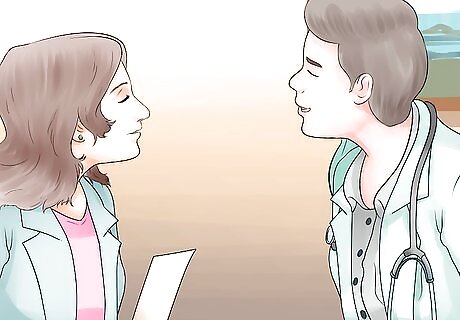
Ask your doctor for an injection. Doctors can inject medications at trigger points to help relieve pain. Often, he or she will use a local anesthetic.

















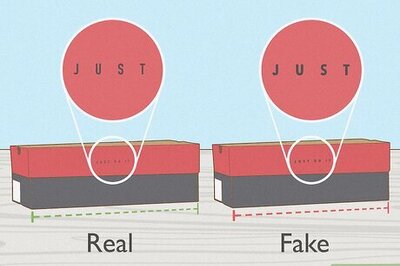
Comments
0 comment